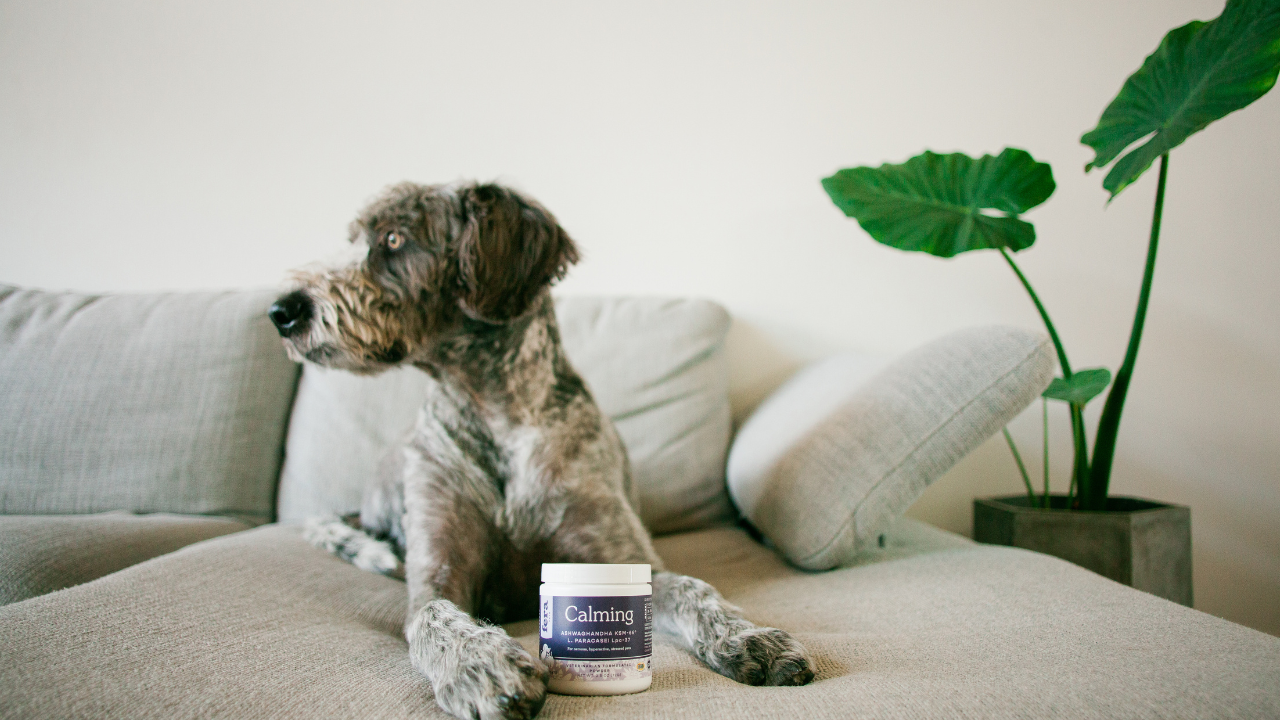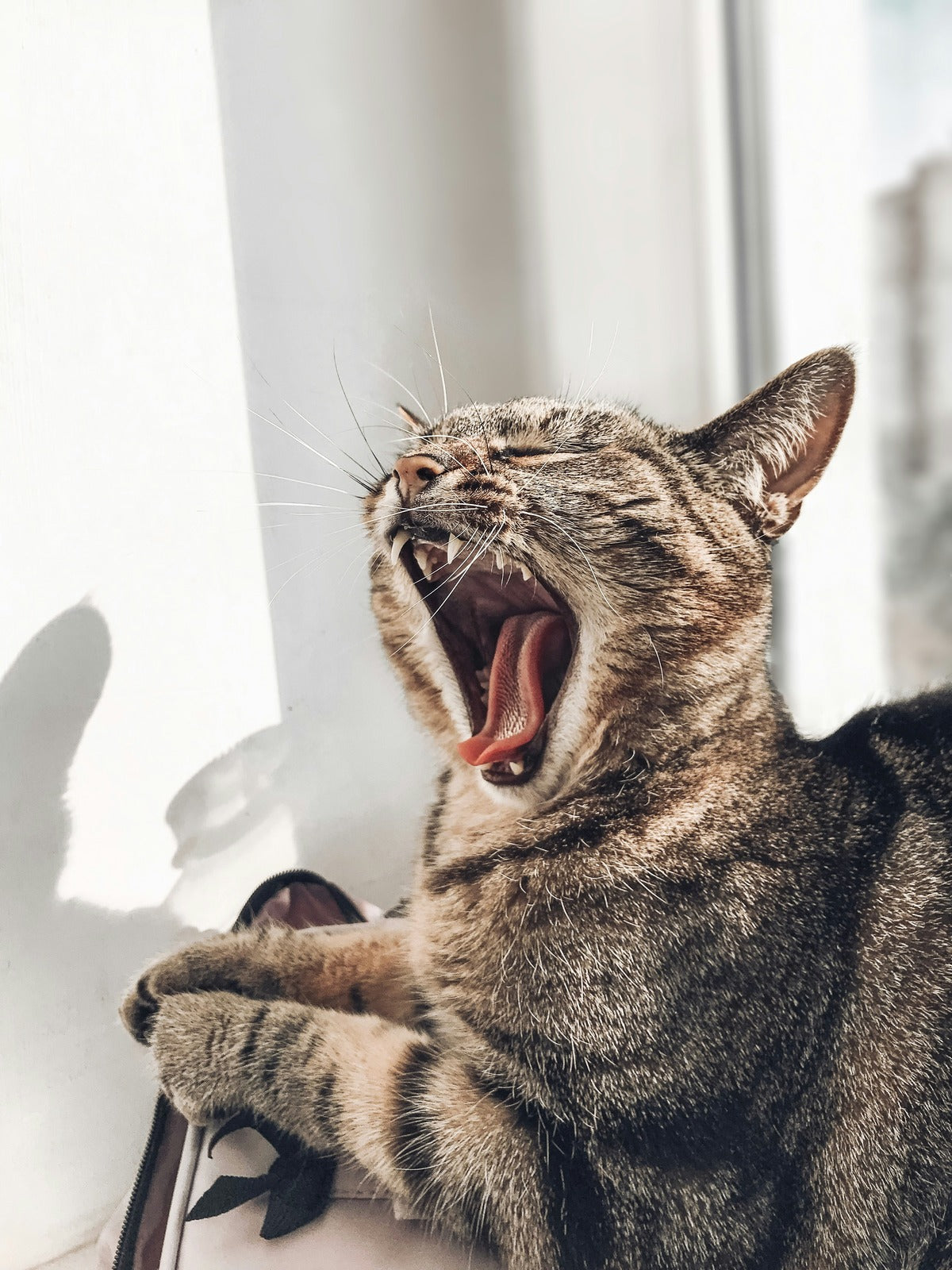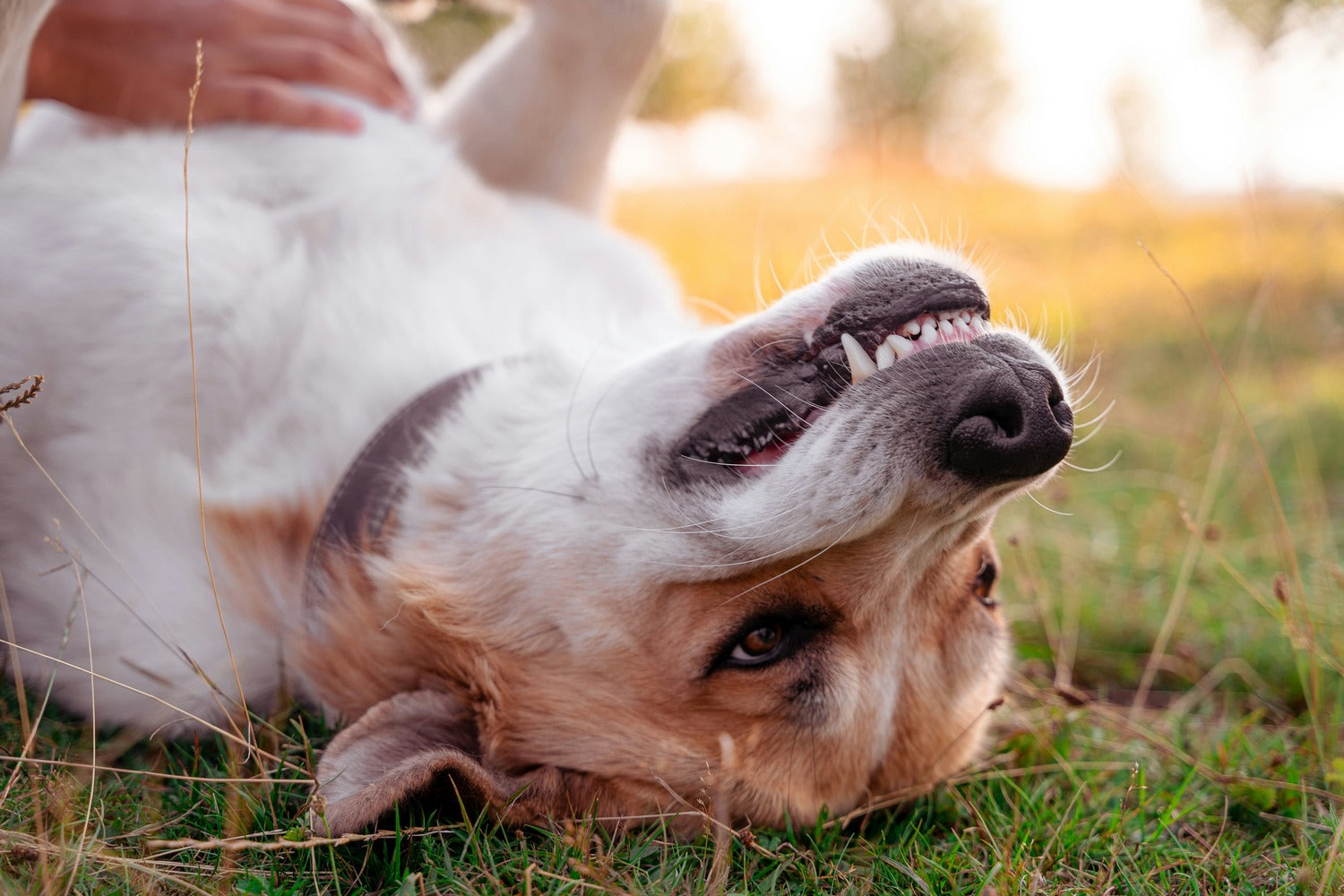Separation Anxiety in Pets and the Best Ways to Comfort Them While You’re Gone
Discover how to cure your pet's separation anxiety with simple, effective techniques. Learn the signs, causes, and science-backed treatments to help your fur baby feel secure and happy when you're away. Say goodbye to destructive behaviors and hello to a happier, healthier bond with your pet.
Separation anxiety is a common disorder in dogs and cats that causes them to become exceedingly stressed when left alone, leading them to use mischief or destructive behaviors as coping mechanisms. This makes it difficult for pet owners to leave their homes or their companions in situations that temporarily separate them, which is understandingly frustrating.
If your pet is one of the many that simply can’t stand being apart from you, I have good news. There are many ways you can help alleviate separation anxiety in pets or cure it altogether.
Read on to learn the signs of clinical separation anxiety and some simple things you can do to start fostering a more secure attachment with your fur babies.

Causes of Separation Anxiety
Being the pet parent of a dog or cat with separation anxiety can be challenging at times, but don’t be so quick to give up on them. These pets need you and your guidance now more than ever, and with a bit of work and a lot of love, it WILL get better.
The first and most important step is understanding why your pet acts this way. Knowing their history could help you have more empathy and compassion during one of their anxiety episodes.
Some of the most common causes of separation anxiety in pets are:
- Being left alone in a new place or with strangers
- Ownership change
- Sudden change in everyday schedule
- Death of a favorite family member or fellow pet
- Traumatic events
It’s not always possible to know your pet’s background and pinpoint the exact cause of their anxiety, especially if you adopted them from an animal rescue. In these cases, try to understand that there is a reason they are acting this way and they’re looking to you for comfort.
Deep breaths! You both can overcome this.

Signs of Separation Anxiety in Pets
The general symptoms of separation anxiety in pets include:
- Howling, barking, or yowling excessively
- Using the bathroom inside the house or outside the litter box
- Destroying things they shouldn’t such as furniture, carpet, or your belongings
- Pacing obsessively
- Drooling or panting for seemingly no reason
- Excessive self-grooming
- Overexcitement when you return home
- Escape attempts
The signs of separation anxiety can be difficult to miss since pets likely won’t display them until their owners are not around. If this is true for your pet, the people you live with or your neighbors may notice the signs before you do.
If you’ve concluded that separation anxiety is the cause of your pet’s irrational behavior, you should set up a plan to treat them immediately. The sooner the problem is resolved, the better life with your four-legged friend will be.

How to Fix Separation Anxiety in Dogs and Cats
The best treatment for separation anxiety depends on the case's severity. I recommend setting up an appointment with your veterinarian to check for any medical problems that could be the cause of your pet’s symptoms such as bladder infections or hormone issues.
Once any health issues have been ruled out, here are some separation anxiety treatment options you can discuss with the veterinarian.
Mild Separation Anxiety Treatments
Calming Pet Supplements
In many cases, a calming pet supplement is all it takes to help your furry friend feel more at peace when you leave.
There are many anxiety-reducing supplements to choose from, but one made with natural and organic ingredients is better for your pet’s overall health. That’s why I recommend Fera Pet Organics’ Calming veterinarian-formulated powder.
This tasteless powder is made with organic botanicals and probiotics that are scientifically proven to promote relaxation in pets. Plus, it can be easily sprinkled into your dog or cat’s food so you’ll never have to convince your picky eaters to take it.
Our Calming supplement will be available on February 20, 2023. Subscribe to our newsletter to be notified when it’s ready to be shipped right to your door.
Puzzle Toys
Most pets can’t resist a good toy, and puzzle toys are designed to keep your pet’s mind busy and distracted from the fact that you’re not around.
Puzzle toys come in the form of treat dispensing balls, lick mats, sniff mats, actual puzzles, and more. If you’re using them to help ease separation anxiety in your pets, only offer them these toys when you’re about to leave and take them away when you return.
Leave Your Clothes Out
Pets are comforted by the scent of their owners. When you’re preparing to depart, leave a piece of clothing you’ve recently worn by the front door, in their bed, or anywhere they can find it. It will help them feel closer to you until you come home.
Leave the TV or Radio On
Providing some background noise for your little friend is a great way to make them feel a little less lonely while you’re out and about. Just keep the volume on low and tune into something upbeat and happy.
Severe Separation Anxiety Treatment
If your pet’s case is more extreme, getting them accustomed to your absence is going to take a little more work.
You’ll want to start by removing cues that you’re about to depart. Things such as grabbing your keys or putting on your shoes could signal to your anxious pet that you’re getting ready to leave them. Instead of departing immediately, perform these tasks and then stay with them for a while.
For example, you can put on your shoes and then sit down on the couch to watch some TV. Or grab your keys and head to the kitchen for a snack. Do this several times a day, and eventually, your pet will feel less nervous when you show signs of leaving.
When they’re more comfortable, try stepping outside the door for short periods, beginning with just a few seconds. Then you can slowly increase the amount of time you’re gone from a minute or two to about 10 minutes. Then 30 minutes. Then an hour, and so forth.
Make sure your pet is comfortable before you leave and use the methods mentioned above such as calming supplements and puzzle toys to help them.
Also, remember not to rush this! You must take this process at a pace that is safe and comfortable for your pet. If you do this, you’ll yield better results and have them well on their way to overcoming their separation anxiety.
If none of these methods work, your veterinarian may recommend a medication or pheromone spray as a last resort.
Unleash Your Pet’s Inner ‘Fera’ With Natural Supplements
Unlock your pet's health potential with expert advice from Dr Michelle Dulake! Start making informed decisions today with her cutting-edge insights, backed by years of experience and research. Don't miss out – secure a brighter, healthier future for your furry friend!
Our calming supplements are just one of the many ways we support every aspect of your pet’s health. Take a look at our full collection of organic supplements for dogs and cats that are formulated to help your pets live their best and healthiest lives.
Interested in more pet health tips? Explore our blog for more veterinarian-approved advice, recipes, and more.





